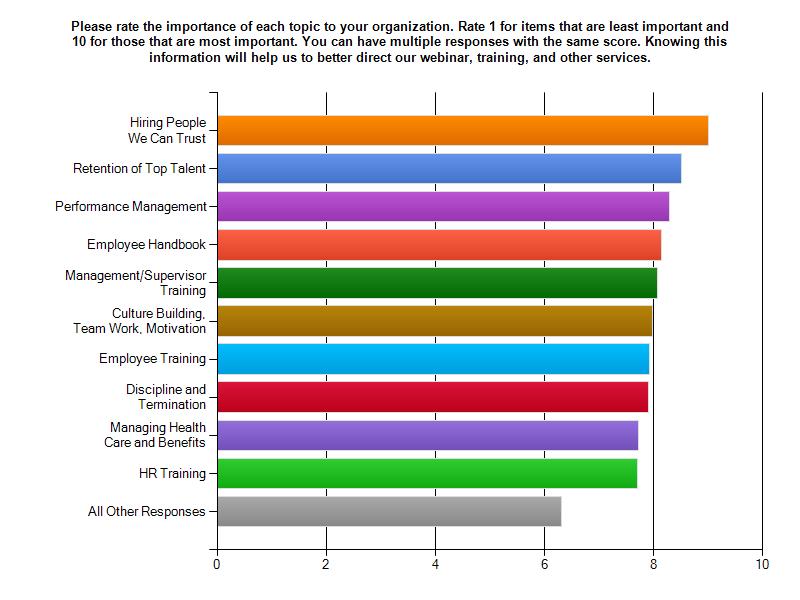In one of my favorite new age books, The Alchemist, author Paulo Coelho discusses four obstacles to realizing the journey towards our Personal Legend:
- The first obstacle is resignation to failure. We’re told from childhood onward that everything we want to do is impossible. In many cases, we’re the ones telling ourselves this – and we believe it!
- The second obstacle is misunderstood love. Says Coelho, “We know what we want to do, but are afraid of hurting those around us by abandoning everything in order to pursue our dream.” In a sense, we’re afraid to change because the people around us might not love us as much if we do. For example, they might view us as a threat, mirror our own inadequacies, or break away from the norm or culture. Coelho encourages us to accept that love is a stimulus; that the people who truly love us want the best for us: to be worthy of the miracle of life.
- The third obstacle is the fear of failure. According to Coelho, “We warriors of light must be prepared to have patience in difficult times and to know that the Universe is conspiring in our favor, even though we might not understand how.” In my personal experience, when we follow our passions we get what we ask for – just not when or how we expect it. There is no journey without roadblocks, setbacks, and challenges. This is what strengthens us. Our character is no different than our muscles: You use it or you lose it.
- Finally, there’s the obstacle of self-sabotage. As Oscar Wilde said: “Each man kills the thing he loves.” According to Coelho, the mere possibility of getting what we want fills our souls with guilt. We ask ourselves, “Who am I to be so fortunate when there are so many people in pain? Do I somehow think that I’m now better than other people because of my success?’ The ancient Greek term was hubris. When we become too full of ourselves and our accomplishments, the end is near. That’s why the journey is never about arriving, but traveling forever. Says Coelho, “I’ve known a lot of people who, when their personal calling was within their grasp, went on to commit a series of stupid mistakes and never reach their goal – when it was only a step away.” I know many of those people too.
When you think about your career, where have these obstacles shown up? Where do you have personal doubts about your ability to accomplish your Personal Legend? Who or what is attempting to hold you back from meeting these goals – or is this a story of your own making? Are you willing to accept that the journey toward success is guaranteed to come with more suffering than for those who are willing to simply be comfortable? Finally, are you willing to find joy in your success without the need to sabotage it?
Here are some Coelho quotes from The Alchemist:
- “If someone isn’t what others want them to be, the others become angry. Everyone seems to have a clear idea of how other people should lead their lives, but none about his or her own.”
- “There is one great truth on this planet: whoever you are, or whatever it is that you do, when you really want something, it’s because that desire originated in the soul of the universe. It’s your mission on earth.”
- “To realize one’s destiny is a person’s only real obligation.”
- “The only reason why each day feels the same as the next is because people fail to recognize the good things that happen in their lives every day that the sun rises.”
- “I’m an adventurer, looking for treasure.”
- “Making a decision is only the beginning of things. When you make a decision, you’re really diving into a strong current that will carry you to places you had never dreamed of when you first made the decision.”
- “When a person really desires something, all the universe conspires to help that person to realize his dream”
- “Every search begins with good beginner’s luck. Every search ends with the victors being tested severely.”
- “When you possess great treasures within you, and try to tell others about them, you are seldom believed.”
- “When something evolves, so does everything around it as well.”
- “When we strive to become better than we are, everything around us becomes better, too.”
- “The world’s greatest lie is that we lose control of our own lives and must let them be controlled by fate.”
- “Be worthy of the miracle of life.”






